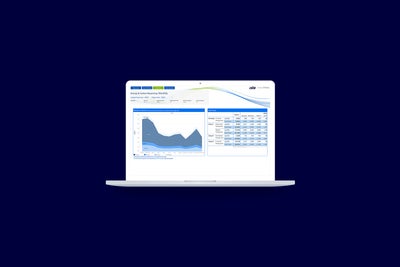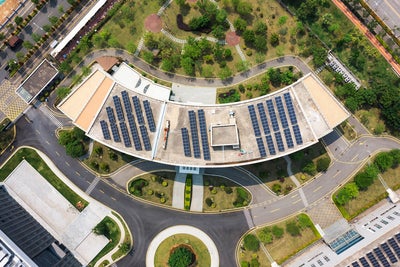
Navigate carbon compliance with iCarbon.
For many in the commercial real estate sector, accurately reporting carbon emissions presents a significant challenge, especially when aligning with initiatives like SBTI and SECR.
Our carbon audit and reporting service offers a comprehensive solution which uses advanced tools to automate and standardise the carbon emission reporting process. This service simplifies compliance and aids businesses in effectively understanding and managing their carbon footprint.
iCarbon offers a suite of benefits, from facilitating net-zero ambitions and tracking emissions across the value chain to simplifying compliance and providing easily accessible data. It is the comprehensive tool your business needs for effective carbon management and sustainable growth.
Net-zero facilitation: Empower your journey to net zero with accurate emission tracking
Full value chain tracking: Effectively monitor emissions throughout your entire value chain
Data at your fingertips: Access all the necessary emission data via an easy-to-use tool
Compliance made simple: Ensure standardisation and effortlessly meet regulatory requirements
Installing our comprehensive solutions and cutting-edge technology makes managing your property simpler than ever. Discover more about the products and services that enhance the ista eco-system for your property.



Our custom solutions are designed to help our clients reduce their environmental impact, improve health and safety in their buildings, and save money on energy costs.



